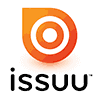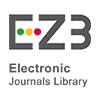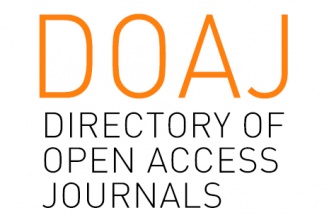Item Analysis of EFL Test Using AnBuSo: Difficulty, Discrimination Power, and Distractor Functionality
Abstract
This study investigates the quality of a teacher-constructed English language multiple-choice test using item analysis through AnBuSo (Analisis Butir Soal). The test, which consisted of 30 items assessing vocabulary, grammar, and reading comprehension, was administered to 20 students from the WINA Choir Program at STKIP Widya Yuwana, Madiun. Utilizing a quantitative descriptive design, the research focused on evaluating item difficulty, discrimination power, and distractor functionality. Results showed that 83% of the items had moderate difficulty, while 73% demonstrated good discrimination indices. However, several items were found to have non-functional distractors or negative discrimination values, indicating the need for revision. The findings underscore the importance of item analysis in improving test quality and enhancing its diagnostic value. The study highlights how digital tools like AnBuSo can support effective assessment practices and guide teachers in revising items and designing targeted remedial instruction.
Keywords
Full Text:
PDFReferences
Darmawan, M., Sudarsono, Riyanti, D., Yuliana, Y. G. S., & Sumarni. (2022). A test-items analysis of English teacher-made test. Journal of English Education and Teaching, 6, 498–512.
Freeman, F. S. (1955). Theory and practice of psychological testing.
Hughes, A. (2002). Testing for Language Teachers. https://doi.org/10.1017/CBO9780511732980
Karim, S. A., Sudiro, S., & Sakinah, S. (2021). Utilizing test items analysis to examine the level of difficulty and discriminating power in a teacher-made test. EduLite: Journal of English Education, Literature and Culture, 6(2), 256. https://doi.org/10.30659/e.6.2.256-269
Maulina, N., & Novirianthy, R. (2020). Item Analysis and Peer-Review Evaluation of Specific Health Problems and Applied Research Block Examination. Jurnal Pendidikan Kedokteran Indonesia: The Indonesian Journal of Medical Education, 9(2), 131. https://doi.org/10.22146/jpki.49006
Rame, G., & Kesi, A. K. (2023). An analysis of test items in English subject final test of ten grade students at SMA Negeri 2 Kupang. 2(2), 50–55.
Remmers, H. H., Gage, N. L., & Rummel, J. F. (1965). A practical introduction to measurement and evaluation. Harper & Row.
Siri, A., & Freddano, M. (2011). The use of item analysis for the improvement of objective examinations. Procedia - Social and Behavioral Sciences, 29, 188–197. https://doi.org/10.1016/j.sbspro.2011.11.224
Swanson, D. B., Holtzman, K. Z., Allbee, K., & Clauser, B. E. (2006). Psychometric characteristics and response times for content-parallel extended-matching and one-best-answer items in relation to number of options. Academic Medicine, 81(10 SUPPL.), 93–96. https://doi.org/10.1097/01.acm.0000236518.87708.9d
Xu, Y., & Liu, Y. (2009). Teacher assessment knowledge and practice: a narrative inquiry of a Chinese College EFL teacher’s experience. TESOL QUARTERLY, 43. http://www.ascd.org/publications/educational-leadership/mar06/vol63/num06/Needed@-A-Dose-of-Assessment-Literacy.aspx%5Cnhttp://www.tandfonline.com/doi/abs/10.1080/08878730.2011.605048%5Cnhttp://www.tandfonline.com/doi/abs/10.1080/00405840802577536
DOI: http://dx.doi.org/10.18415/ijmmu.v12i8.6963
Refbacks
- There are currently no refbacks.
Copyright (c) 2025 International Journal of Multicultural and Multireligious Understanding

This work is licensed under a Creative Commons Attribution-NonCommercial-NoDerivatives 4.0 International License.
https://ijmmu.com
editor@ijmmu.com
facebook.com/ijmmu
Copyright © 2014-2018 IJMMU. All rights reserved.



































